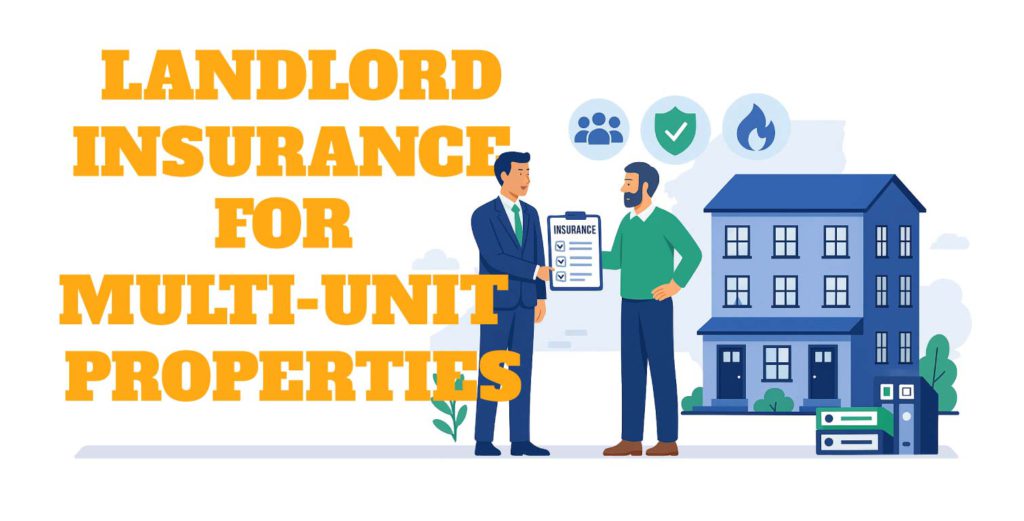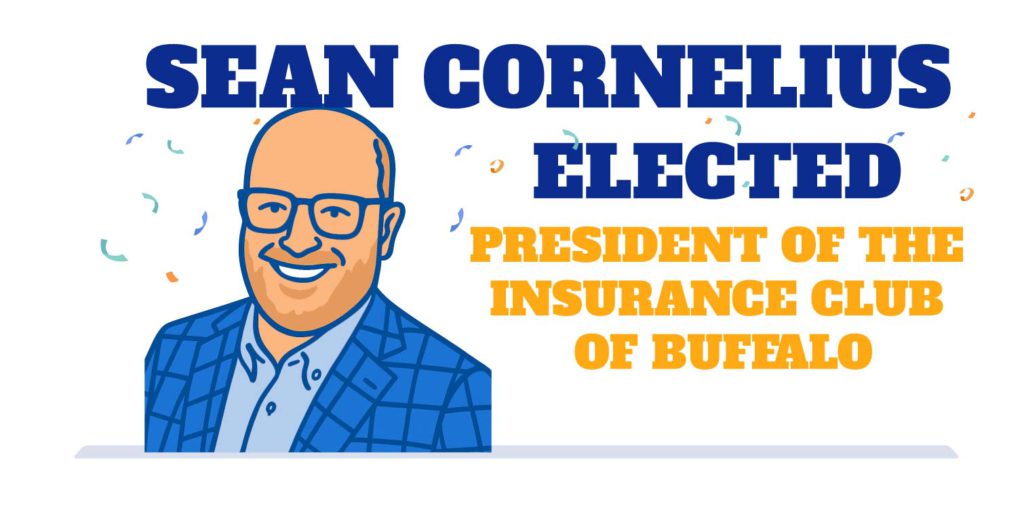In the world of commercial property ownership, keeping your investments protected is paramount. While property insurance safeguards against physical damage to your building, what happens if repairs triggered by that damage displace your tenants or prevent you from renting it out in the first place? That’s where loss of rental income coverage comes in.
At Weed Ross, we’re dedicated to ensuring our clients have a clear understanding of their insurance policies. Today, we’ll delve into the intricacies of loss of rental income coverage, equipping you to navigate this crucial aspect of your commercial property insurance. Below, we’ll cover:
In this article, we’ll cover:
- The definition of loss of rental income coverage
- How loss of rental income coverage is calculated
- The nuances of loss of rental income coverage
Loss of Rental Income Coverage: Defined
Loss of rental income coverage, also known as fair rental income or rental interruption insurance, safeguards commercial property owners from financial hardship. If a covered peril like fire or vandalism damages your rental property, making it unrentable during repairs, this coverage reimburses lost rental income.
Weed Ross can help you check your policy wording, as some policies may require a tenant to be present or the property to be “tenantable” for coverage, for instance. Regardless, it acts as a financial safety net, ensuring your cash flow continues while repairs are underway, helping to protect your investment.
Calculating Loss of Rental Income Coverage
When protecting your investment as a commercial property owner, understanding how to calculate loss of rental income coverage is crucial.
Factors Influencing the Calculation
- Rental Income: Assess all sources of rental income, including base rent, parking fees, maintenance charges, and utilities.
- Rental Market Trends: Understand current market trends to estimate potential rental income loss during vacancy.
- Length of Repair Period: The duration of repairs significantly impacts the coverage amount needed. Longer repair times mean greater potential loss.
- Occupancy Rate: Historical occupancy rates help determine the extent of coverage required, with higher rates indicating higher potential loss.
Practical Calculation Example
Imagine your property generates $10,000 in monthly rental income. Due to fire damage, repairs take six months. The total potential loss is $10,000 x 6 = $60,000. Thus, you need at least $60,000 in coverage to cover this period. Probably as easy as you thought it was, huh? But there are additional considerations, such as policy limits, deductibles, endorsements, documentation and proof, etc. At Weed Ross, we have the experts that can help you keep track of all of these things when they get a bit more complex.
The Nuances of Loss of Rental Income Coverage
The key to understanding loss of rental income coverage lies within the policy language itself. Unlike homeowner’s insurance, which offers straightforward coverage for displacement due to covered damage, commercial property policies can be more ambiguous.
Vacancy and the Opportunity Cost
Here’s where things get interesting. Some policies hinge coverage on a tenant being present at the time of the loss. This can leave property owners with vacant buildings and lost rental income high and dry. Thankfully, court cases like Ventura Kester, LLC, v. Folksamerica Reinsurance Co. (2013) established a crucial precedent. The Ventura Kester case highlighted the concept of “opportunity cost.” Even with a vacant building, if repairs due to covered damage prevent you from renting it out, you’ve incurred a financial loss. This loss of potential rental income is covered under most policies.
Policy Wording and the ISO Form
It’s important to note that policy wording can vary depending on the insurer. The standard ISO form, used by many insurers, defines coverage as applying when repairs prevent a return to “tenantability,” resulting in “actual loss of rental value.” Some insurers might argue that a vacant building signifies no “actual loss.” However, the Ventura Kester case eliminates this as a valid defense.
All-Risk Coverage and the Burden of Proof
Many loss of rental income coverage policies are “all-risk” policies. This means they cover every risk of loss unless explicitly excluded. The burden of proving an exclusion falls on the insurer.
Weed Ross: Your Partner in Understanding Coverage
The world of commercial property insurance can be complex, and loss of rental income coverage is just one aspect. At Weed Ross, our experienced team is here to help you understand your policy, navigate potential coverage disputes, and ensure you have the protection you deserve. We’ll work tirelessly to ensure your business thrives, even in the face of unforeseen events.
Still have questions? Don’t hesitate to contact our local experts. We’re here to guide you through the intricacies of commercial property insurance and ensure your peace of mind.


